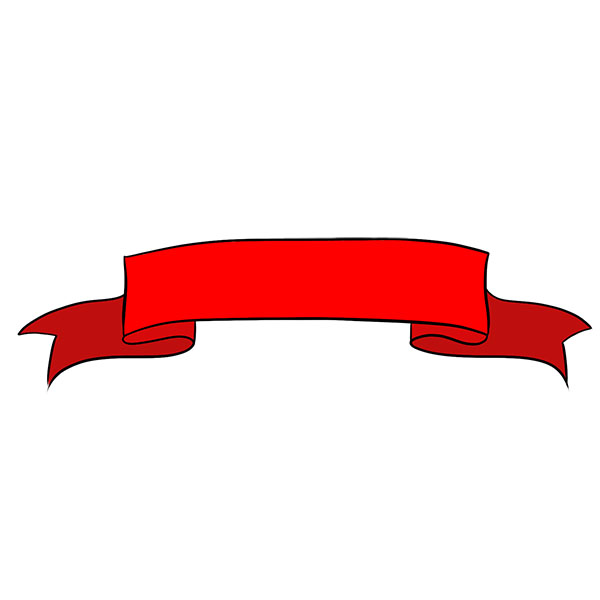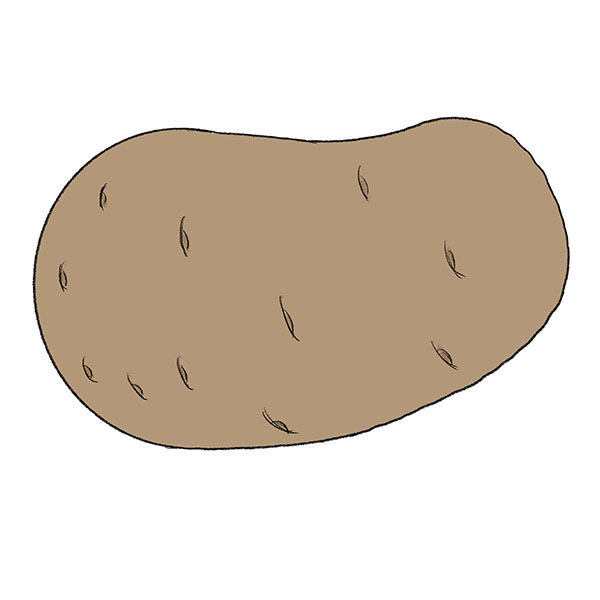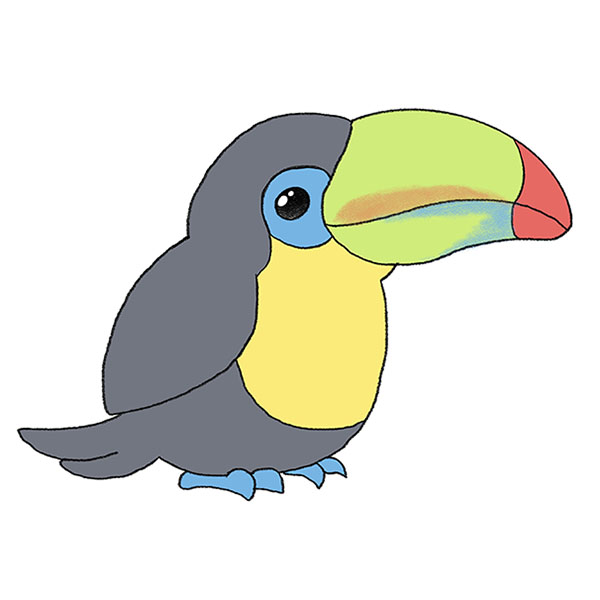How to Draw a Wolf Paw
Get ready to learn how draw a wolf paw with my simple guide, created for kids who love animals drawing. This lesson will demonstrate really simple techniques for illustrating a wolf paw and will conclude with guidance on enhancing the uniqueness and appeal of your drawing.
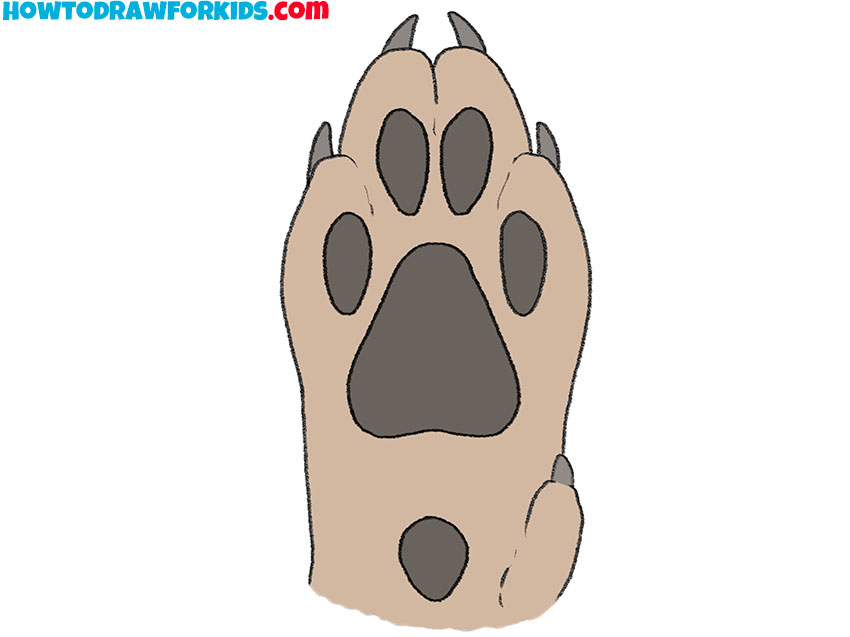
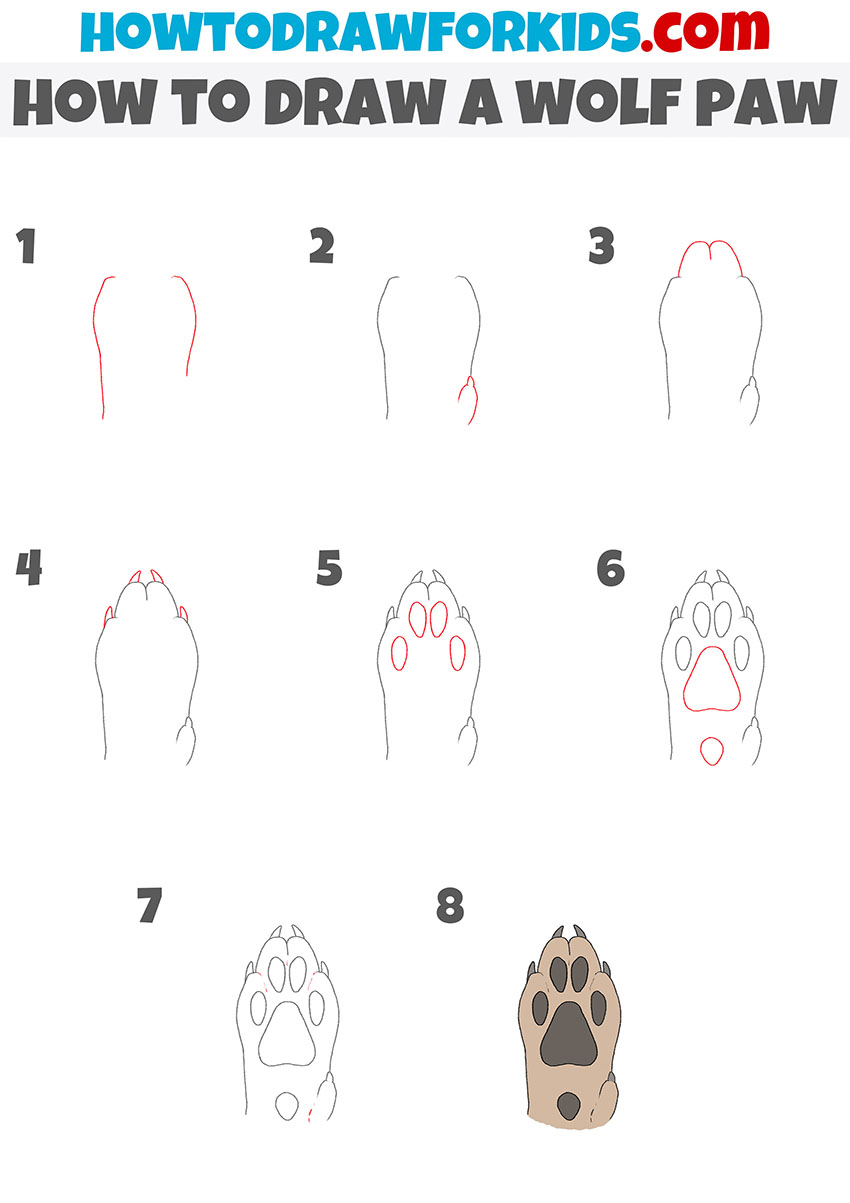
How to Draw a Wolf Paw: Basic Information
Get ready, little adventurers, because today we’re about to master the art of how to draw a wolf paw! With my simple steps, you’ll be sketching up paws like a seasoned artist. This journey will be fun and full of learning, so let’s get those pencils ready!
We’ll begin with the shape of the paw. Imagine that you have to draw a fluffy, soft cloud as the base of our wolf paw. Each stroke brings us closer to the wild essence of a wolf. I’ll show you how to make each toe round and real, just like you’d see in the wilderness.
So, continuing a wolf paw drawing, we will get to the fun part – adding those fierce claws and soft pads. I’ll guide you step by step on how to draw a wolf paw with claws that show strength and pads that look ready to tread through the forest.
Grab your pencils, and let’s start this creative journey together. By the end of this lesson, you’ll have not only a great wolf paw sketch but also the confidence to tackle more ambitious drawing projects. Let’s unleash your inner artist and see where your pencil takes you!
Wolf Paw Drawing Tutorial
Materials:
- Pencil
- Paper
- Eraser
- Coloring supplies
Time needed: 30 minutes
How to Draw a Wolf Paw
- Draw the sides of the wolf paw.
Start by sketching two parallel, gently curved vertical lines. These lines will set the foundation for the wolf paw, outlining its overall shape. Aim to make these lines slightly broader at the top to accommodate the subsequent addition of the paw pads.
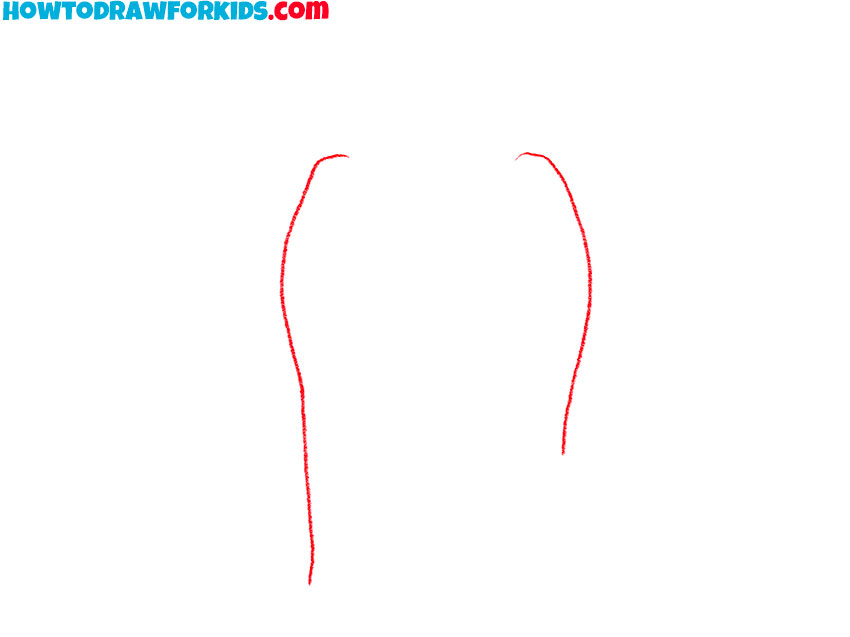
- Draw the bottom toe.
Begin shaping the paw by adding a small, curved bump on the right side just above the bottom of your foundational lines. This subtle curve will represent the beginning of the first toe. At the end of the toe, mark a small sharp protrusion to indicate a claw.

- Add the middle fingers.
Draw the central toes, which are typically the most prominent. Ensure these toes are symmetrical and centrally placed between the lateral and thumb toes. The central toes should be fuller and more rounded at the tops, illustrating their frequent contact with the ground.
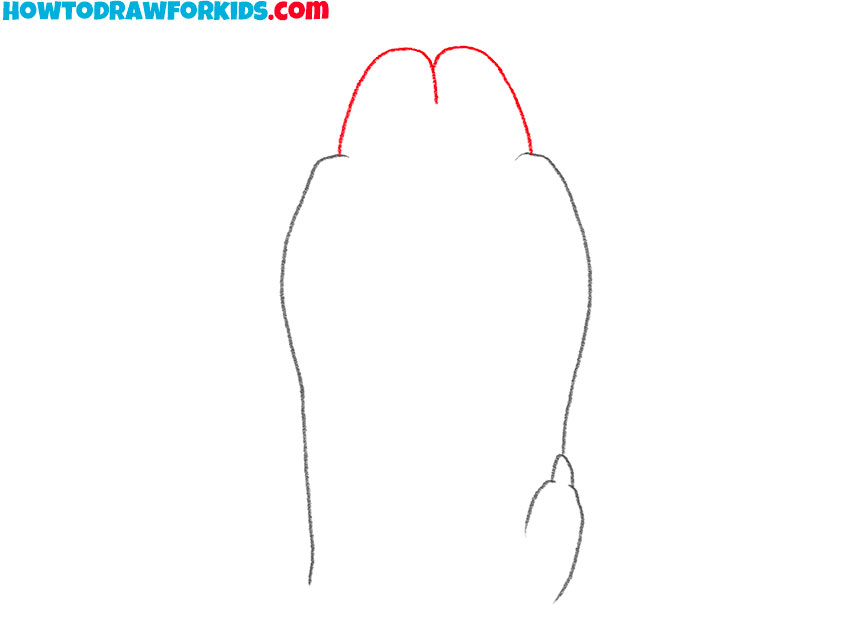
- Draw the claws on the wolf paw.
Sketch the claws at the tips of each toe. Each claw is drawn as a small triangle slightly inclined towards the center line of the paw. Claws should be sharp and slightly curved, reflecting their natural shape. The size and curvature can vary.
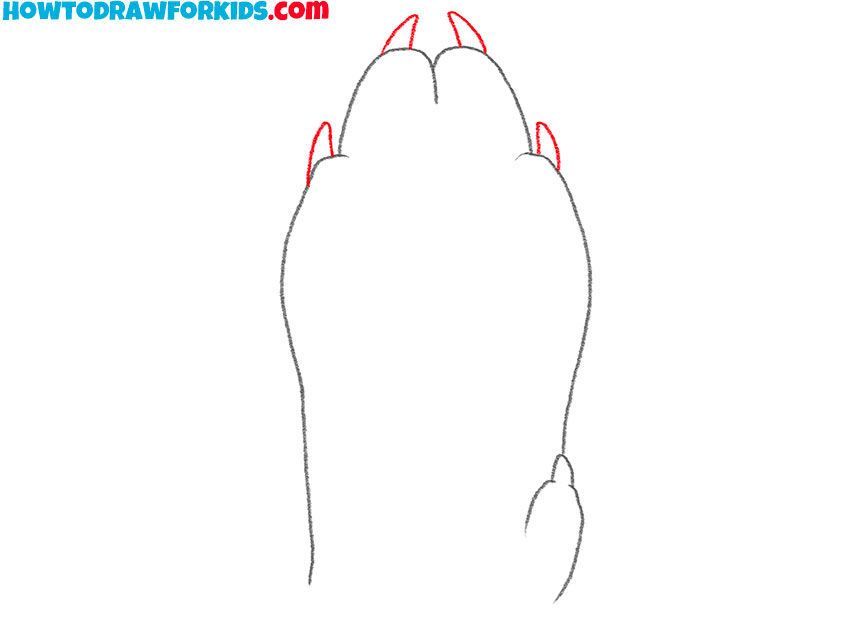
- Illustrate the paw pads.
Beneath each toe, add the paw pads. These should be oval or rounded, depending on the toe’s size and orientation. Paw pads are generally thicker at the base of the toes, tapering off near the edges. Make sure all paw pads are the same size and shape.
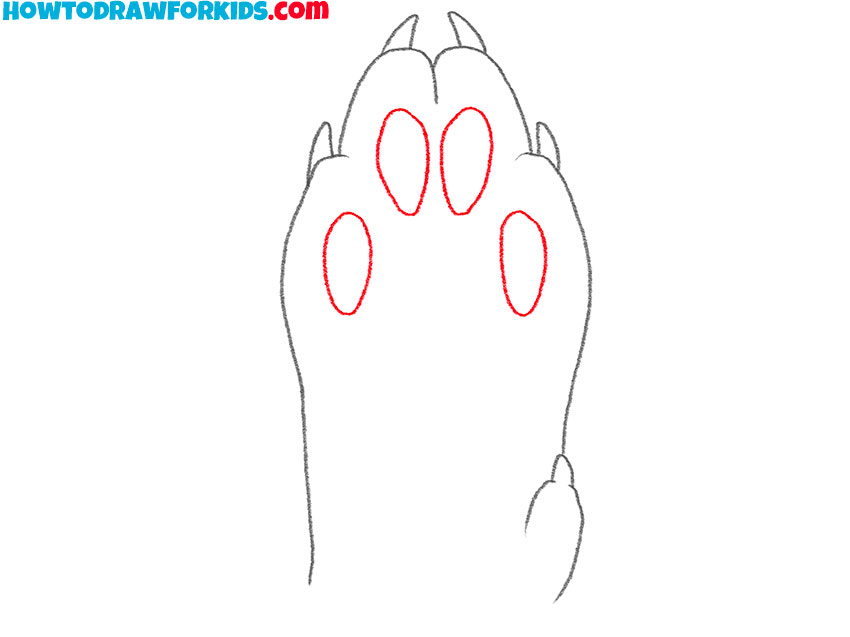
- Add the rest of the pads.
Include the main central pad, which is larger and located at the base of the paw, beneath the toe pads. This pad should be robust and heart-shaped, serving as the primary cushion for the paw. Finish drawing the paw pads by sketching the lowest one directly below the central pad.
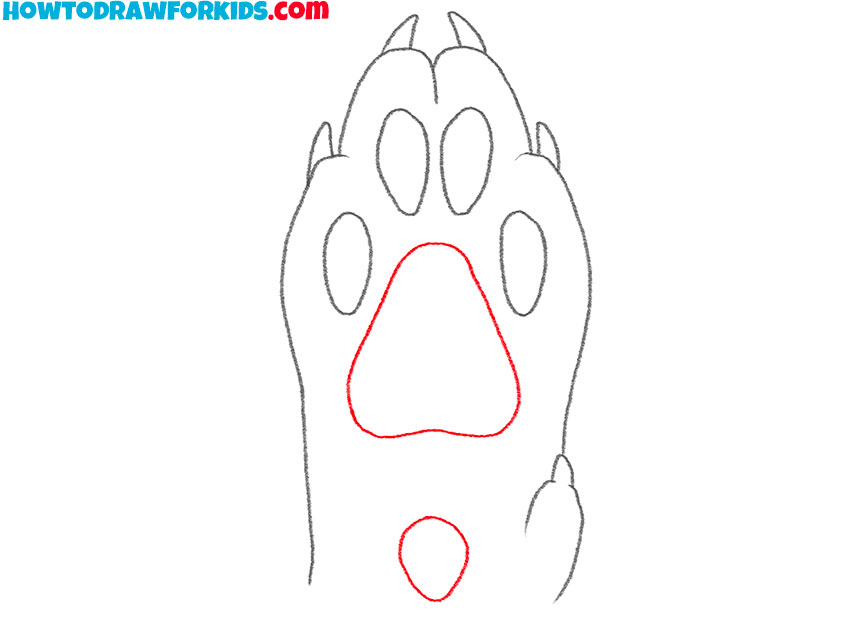
- Add some details to the paw.
Refine the entire wolf paw drawing by adding fine details such as fur texture around the wrist and between the toes, wrinkles on the pads, and any specific markings unique to the species. Additionally, you can add fur texture to make your wolf paw drawing more realistic.
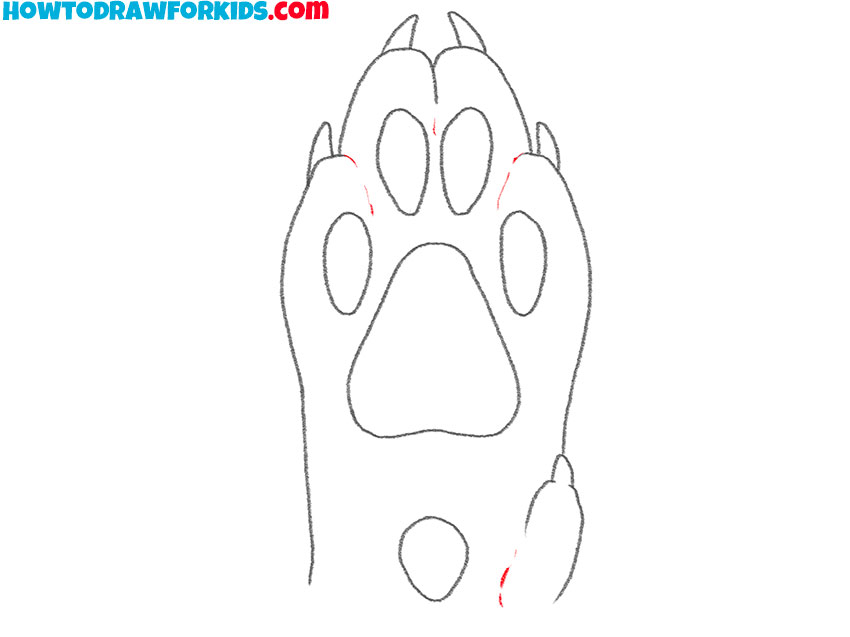
- Color your wolf paw drawing.
Finish your drawing by coloring the paw. Choose shades that reflect the natural coloration of the animal. Use darker tones on the pads and claws, and lighter shades for the fur. Consider using blended colors for a more natural look, creating shadows and highlights to make the drawing more realistic.
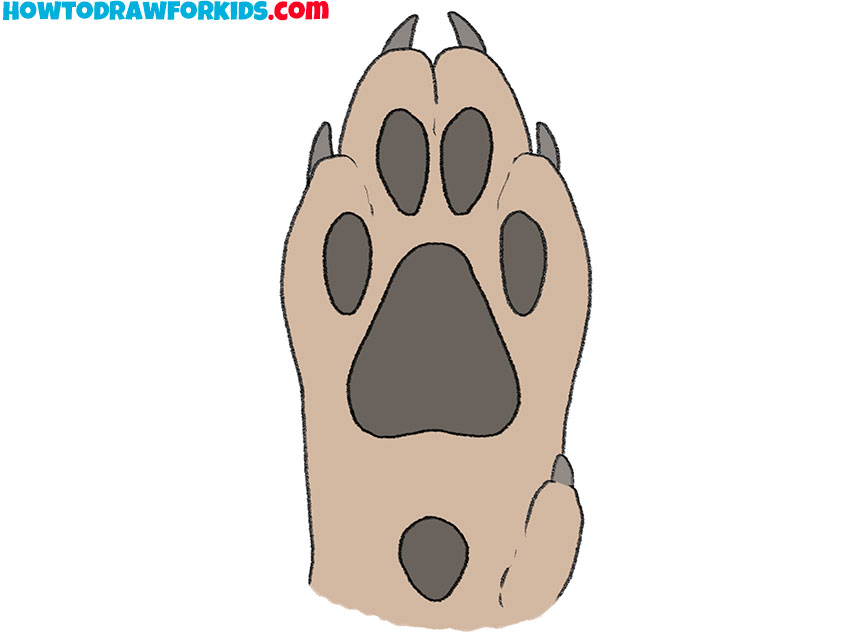
Additional Content
I have prepared a dedicated PDF file that serves as a concise guide to drawing a wolf paw. This resource is available for free download, ensuring you have access to it anywhere, even in the absence of internet.
This PDF contains all essential tips and techniques for accurately sketching a wolf paw. Simply download the file to start your drawing practice independently of any connectivity requirements.
Technical Nuances
When drawing a wolf paw, several critical aspects must be considered to ensure both accuracy and realism.
- It’s really important to get the proportions right between the paw’s width and its toes. The paw should be wider at the base, tapering as it approaches the toes.
- Wolves have four main toes visible from the top view, each with its distinct size and curvature. The middle toes are usually more prominent. Accurately depicting these variations is key to creating a realistic paw.
- Claws should be depicted as robust and slightly curved, suggesting their use in hunting and traction. Paw pads are typically thick and fleshy, with the largest pad (metacarpal pad) located at the rear of the paw.
- Fur around the paw should be represented with short, coarse strokes. This fur is not uniform but varies in density and direction, which helps integrate the paw into the body.
Bear in mind that while technical precision is vital, each artist brings a unique style to their work. Integrating your personal artistic approach with technical skills enhances the uniqueness of your drawings.
Retain these technical insights in your artistic toolkit as you approach future projects. They are instrumental in refining your skills and infusing vitality into your future drawings.
Conclusion
Congratulations to all young artists on successfully completing your wolf paw drawing. As you conclude this lesson, consider exploring further drawing opportunities available on my website. My collection ranges from the domesticated animals like cows and cats to a broader array of wildlife. Each provides unique drawing challenges that can boost your art skills.
Additionally, you are can join my online art community. By following my social media platforms, you will gain access to new lessons, additional tips, and interact with a network of artists. Stay engaged with my updates to continue training your drawing skills.



